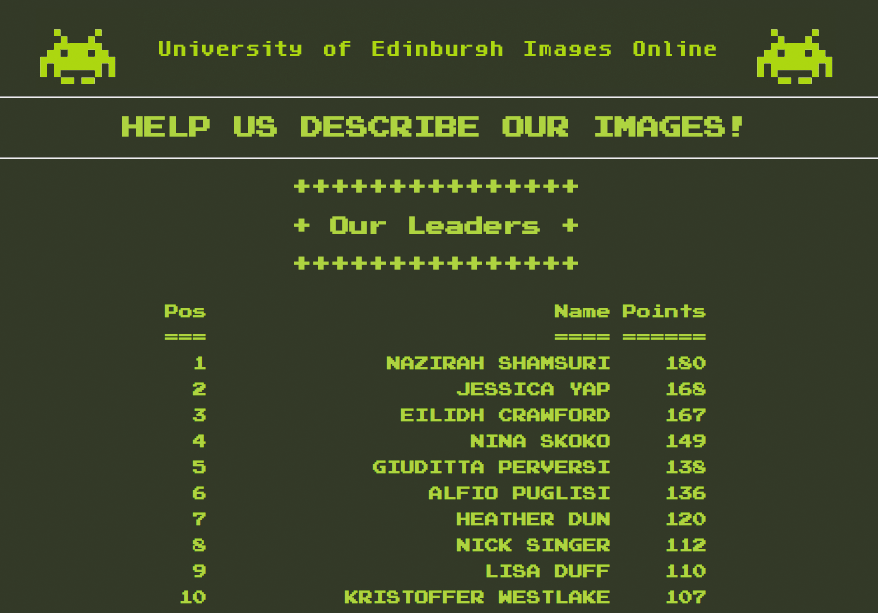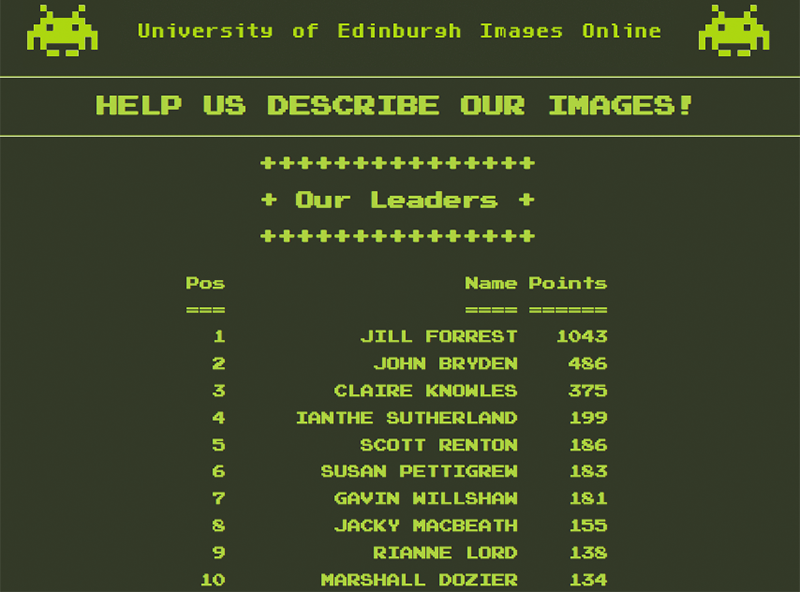While our main contribution to the Europeana Tech revolved around the metadata games on this site, there was a veritable feast of things for us to consider for our future work.
In no particular order, I’d just like to say a little bit about the best of them, to focus us on where we could be improving processes.
- Image strategy in general. It pains me to say this, as such a large proportion of my work in this job has been with the LUNA imaging system, but I can see the way the wind is blowing, and it would be churlish not to acknowledge it. The IIIF– International Image Interoperability Framework is increasingly becoming the standard for open sharing and hosting of images. With a host of open source tools for storage and discovery, such as OpenSeaDragon, which zooms at least as well as LUNA does, we could be looking at options to have all of our collections in one application, instead of linking out. We could be sharing images to other tools without having to store so many derivatives. We would be in a position of confidence that everything is being done to a standard. It’s still in its infancy, but the Bodleian- who used to use LUNA- have moved over, and the National Library of Wales are using it too.
- APIs for data. The Europeana APIs are there for our use, to let developers from contributing institutions just get in and build stuff. We could be employing this to pick up metadata for our LUNA images as an alternative to the LUNA API (which we will need to use when the database goes in v7), and thus could employ it in our Flickr API, our metadata games, and our Google Analytics API. More than that, though, with a small tweak, we could be pointing metadata games to the WHOLE of Europeana, thus allowing us to do a service to other institutions- getting their data enriched, and supplying them with crowdsourced information. This would be great for our profile.
- Using Linked Open Data. This comes up again and again, and would definitely come into play if we were to build an authorities repository. Architecturally, the approach is likely to involve RDF, although cataloguing can be done through CIDOC-CRM, from which RDF can be extracted. CIDOC-CRM is looking to have an extension for SPECTRUM, which Vernon uses, so there could be some interesting changes to how Vernon looks in the years ahead.
- Alternatives to searching. One of the messages that rang out loud and clear at the conference is that people do not go to a museum to DO A SEARCH. Ways of presenting data without a search button as such are being looked at, and some sites which do this are here:
V&A Spelunker
Serendipomatic
Netflixomatic - One other thing that occurred to me, thanks to Seb Chan at Cooper Hewitt, in relation to our work for St Cecilia’s- videos which show objects in the round, 3-D versions. Is it enough to show a flat image, or a bit of audio, for something that is in a display case?
In the tradition of Library Labs, this is a bit of a brain dump, and I will inevitably think of more content for this post over the next few days. It’s a start though!





